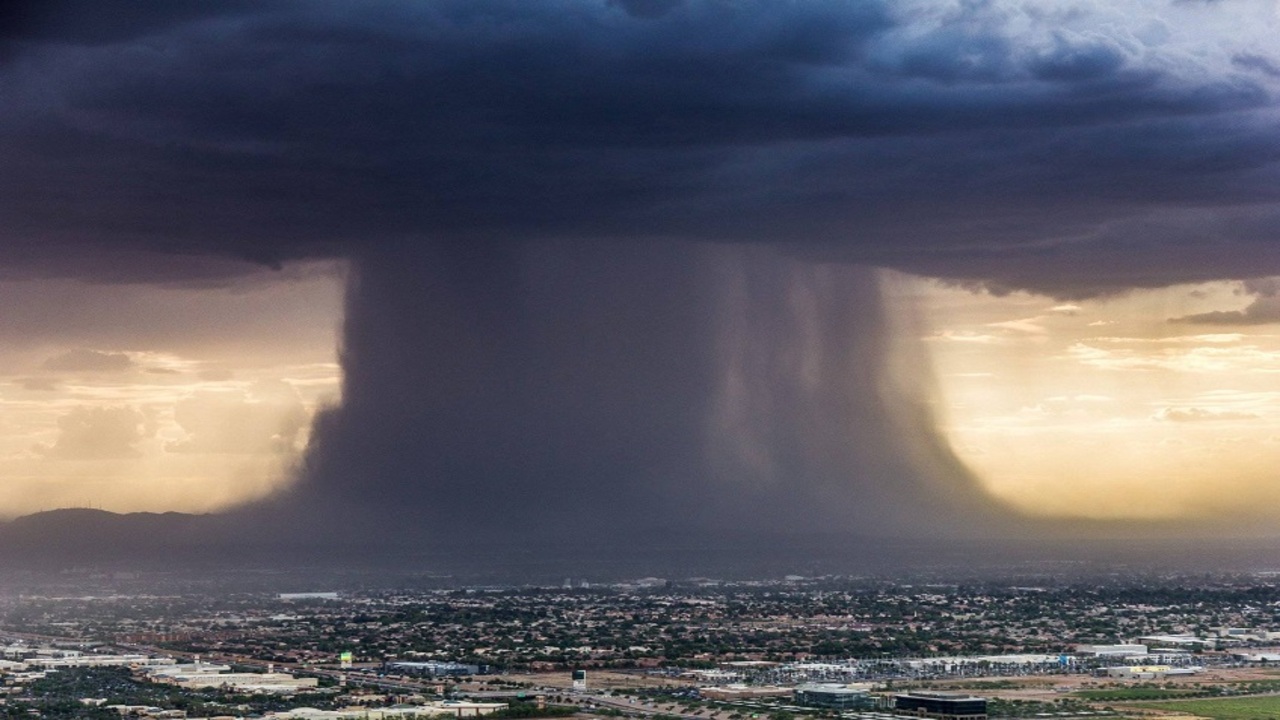What is cloudburst: A large amount of water and debris from the mountains, falling home-bidings and ants like a person flowing in this water flood, this horrific scene is not of any film but the water devastation in Uttarakhand Flash Floods (Uttarakhand Flash Floods) in Uttarkashi. There has been a lot of loss of life and property in this incident. Army camps were also affected and many of our soldiers are also missing. Relief work is going on here to save people and bring them to a safe place. In such a situation, people want to know what is the cloudburst of the clouds and the science behind it?
What happens to the clouds?
Cloudy bursting is a natural disaster. Cloudburst means that very small amount of rain in a very small place. This happens when the hot winds, which get up from the ground to the clouds, carry some water drops, then the normal rain process is affected at that time. This causes more moisture to accumulate in the cloud and weakens the air pressure. For this reason, heavy water collects in one place inside the cloud, and then suddenly clouds collide, causing heavy rain and floods. This is called ‘cloudburst’ or ‘cloud bursting’.
India Meteorological Department (IMD) reasons for cloudburst
Cloudburst usually occurs in mountainous regions. According to the IMD, if 10 cm (100 millimeters) or more rainfall in an area is within one kilometer radius within an hour, then it is considered to be a cloud burst or cloud burst. In this, clouds get stuck in one place and all the water rains together. Due to which landslide, rivers boom, debris and deadly destruction occur up to the scene. But it is being told that in Uttarkashi, only 30 to 40 millimeters of rain took place and there was so much havoc.
What happened in Uttarkashi?
This disaster came due to a sudden and strong rains in Kir Gad and Dharali of Uttarkashi. But according to the record of IMD, there was not so much rainfall in an hour which falls in the limits of cloud burst. The IMD says that the rain was definitely strong in the incident, but it was not as much as the cloud burst and intensive. Therefore, it is technically considered to be low-intensity rain-industed landslide and mudslide, not cloud burst.
So there was so much havoc
In the entire area affected by this incident, the land was already filled with water due to continuous rains in recent times and the soil had already weakened. The strong rains broke the weak slopes, causing sudden mud and debris flow. This does not mean that the destruction was low, but it is a scientific classification so that the weather and disaster management departments can prepare properly monitoring and alert systems.
These are measures to prevent cloudburst)
– Whenever there is a possibility of cloudburst, people should immediately shift to safe places.
– Take the warnings and advisory of the Meteorological Department seriously and follow it
– Proper drainage arrangements should be made in the hilly areas so that excessive amounts of water do not harm any area.
– Avoid building houses along the sloping areas or rivers of the mountains. Living in these places is high at risk of floods and landslides.
– Local administration should also pay special attention to this and should conduct awareness campaigns from time to time.









